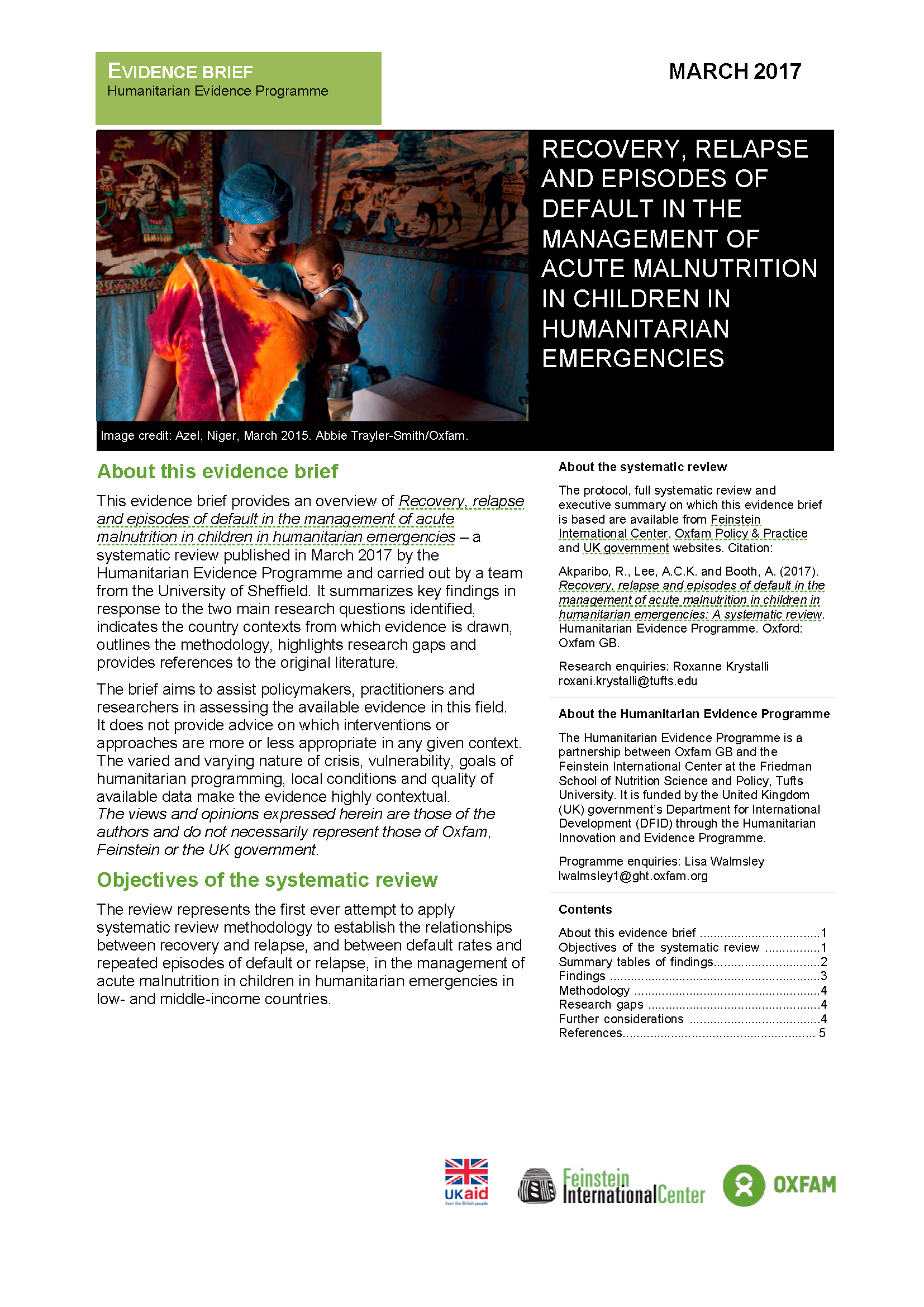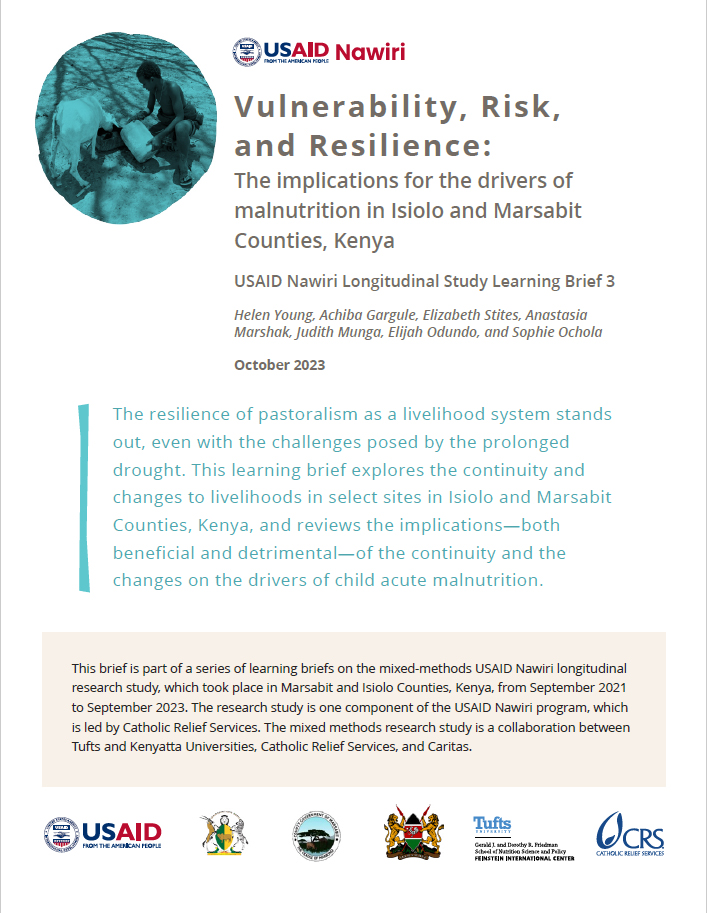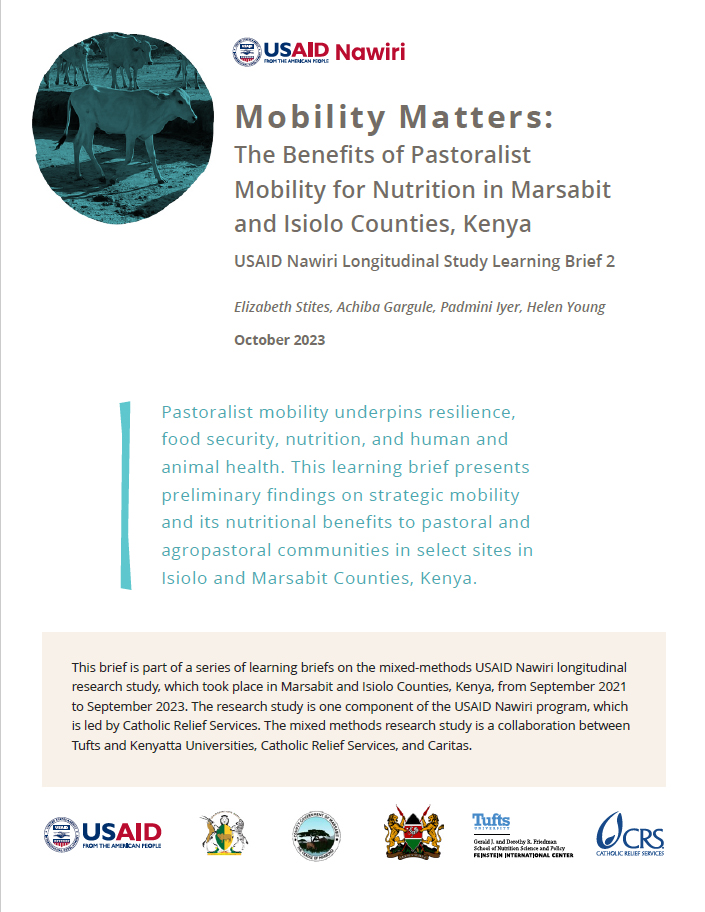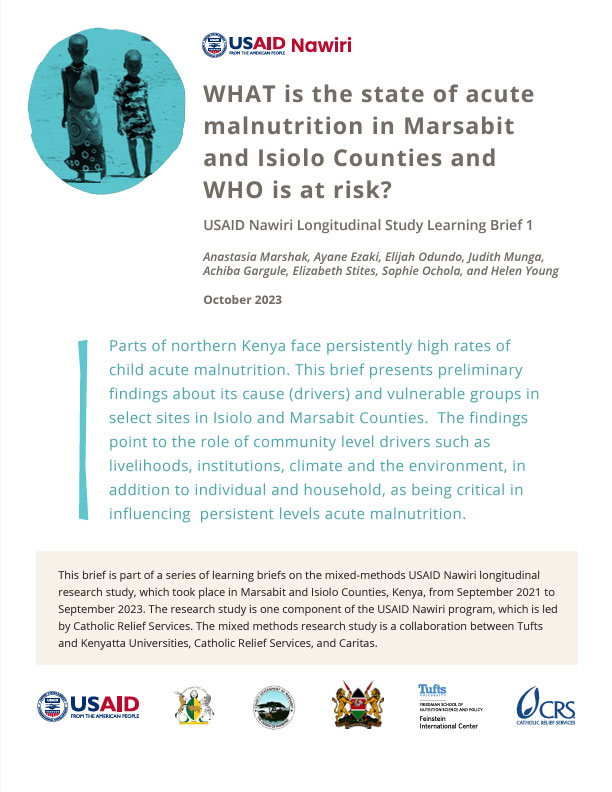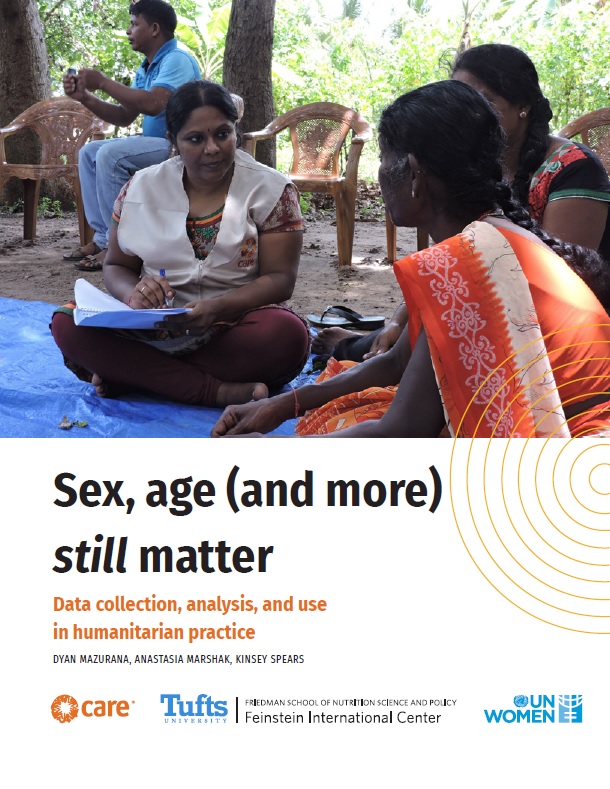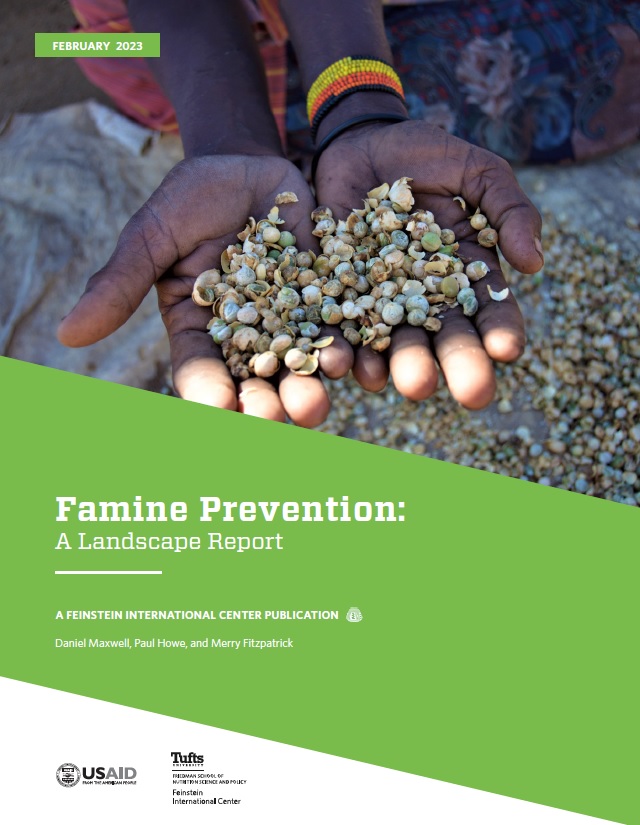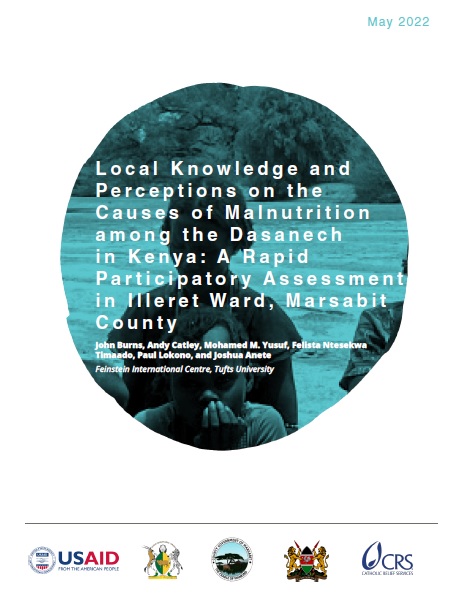This is an evidence brief, accompanying the full systematic review on acute malnutrition in children in humanitarian emergencies.
Severe acute malnutrition (SAM, or severe wasting) and moderate acute malnutrition (MAM, or moderate wasting) affect 52 million children under five years of age around the globe. This systematic review represents the first attempt to apply systematic review methodology to establish the relationships between recovery and relapse and between default rates and repeated episodes of default or relapse in the management of acute malnutrition in children in humanitarian emergencies in low- and middle-income countries.
- The evidence brief accompanies a stand-alone executive summary and the full systematic review. It was carried out by a team at the University of Sheffield and forms part of a series of humanitarian evidence syntheses and systematic reviews commissioned by the Humanitarian Evidence Program.

